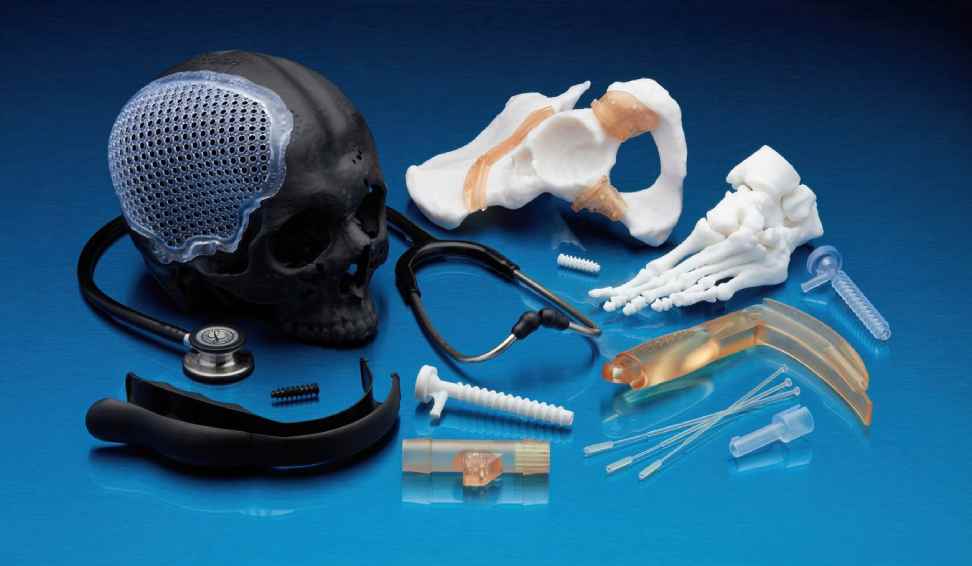11xplay Reddy Login, Betbhai9, T20exchange: 3D printing technology has revolutionized the field of prosthetics, offering customized solutions that cater to individual needs with unparalleled precision. Traditional prosthetic devices often require extensive manual labor and time-consuming adjustments to fit a patient perfectly. However, with 3D printing, prosthetic limbs can be tailor-made to match the specific anatomy of each patient, leading to improved comfort and functionality.
Moreover, 3D printing enables the production of prosthetic devices at a faster pace and lower cost compared to traditional manufacturing methods. This accessibility is especially significant for patients in need of prosthetics in developing countries or regions with limited resources. Additionally, the flexibility of 3D printing allows for the incorporation of innovative designs and materials, enhancing the overall quality and performance of prosthetic devices.
Advanced Manufacturing: Enhancing Efficiency with 3D Printing
Additive manufacturing, commonly known as 3D printing, has significantly impacted the landscape of advanced manufacturing with its ability to enhance efficiency and precision in production processes. This innovative technology enables the creation of complex geometries and structures that would be challenging or impossible to achieve using traditional manufacturing methods. By layering materials based on digital designs, 3D printing eliminates the need for specialized tooling and molds, reducing production time and costs while maintaining high levels of accuracy.
Moreover, the flexibility of 3D printing allows for on-demand production, enabling manufacturers to adapt quickly to changes in demand or design specifications. This agility in manufacturing not only streamlines production processes but also opens up new opportunities for customization and personalization in various industries. As companies continue to harness the power of 3D printing in their advanced manufacturing operations, we can expect to see further improvements in efficiency, productivity, and innovation in the manufacturing sector.
Customized Medical Devices: Tailored Solutions through 3D Printing
3D printing technology has revolutionized the field of medicine by providing innovative solutions for creating customized medical devices. Through the use of this cutting-edge technology, healthcare professionals can now design and produce tailored solutions to meet the unique needs of individual patients. From prosthetics to implants, 3D printing has paved the way for personalized medical devices that offer improved functionality and comfort.
One of the key advantages of 3D printing in the medical field is the ability to create complex structures with precision and accuracy. This means that healthcare providers can now offer patients customized solutions that fit perfectly and perform optimally. By harnessing the power of 3D printing, medical professionals are able to deliver tailored medical devices that not only enhance patient outcomes but also improve overall quality of life.
What are some examples of customized medical devices that can be created through 3D printing?
Some examples include personalized prosthetics, dental implants, hearing aids, and orthopedic implants.
How does 3D printing revolutionize the production of prosthetics?
Bet365 ID, Play247 Online, Iceexchange: 3D printing allows for the creation of prosthetics that are precisely tailored to the individual’s anatomy, resulting in a better fit and improved functionality.
How does advanced manufacturing with 3D printing enhance efficiency in the medical field?
3D printing enables faster prototyping and production of medical devices, reducing lead times and costs associated with traditional manufacturing methods.
Are there any limitations to using 3D printing for medical devices?
While 3D printing offers many benefits, there are still challenges to overcome such as regulatory approval, material limitations, and quality control issues.

